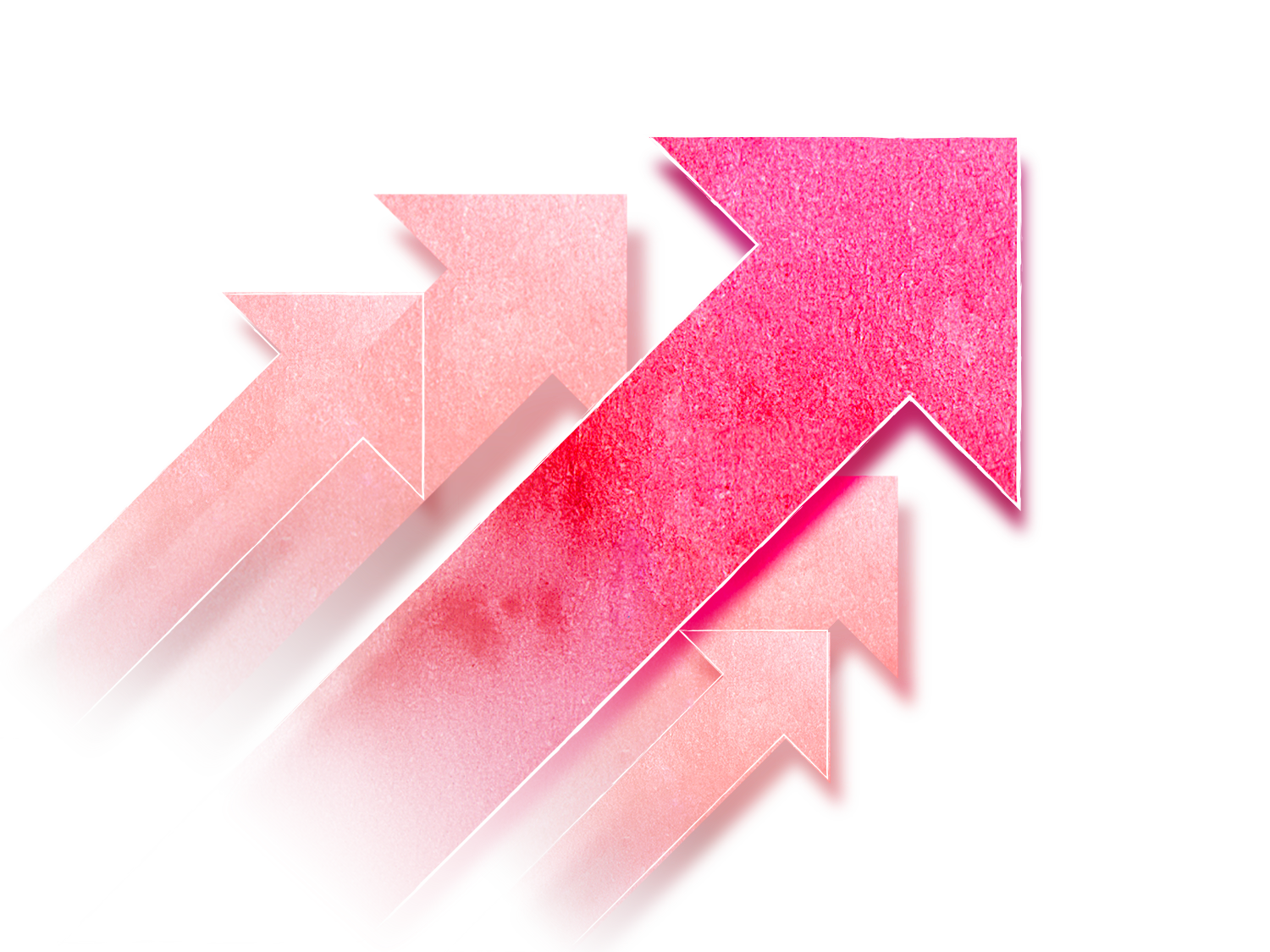
What is ROA?
There are several definitions, explanations, and reasons that ROA is important, but do you know your ROA in your business? Let’s start off with what ROA means and then go into why this is important to know for your business and more importantly how to track it effectively.
ROA, Return on Assets is a financial ratio that shows the percentage of profit that a company earns in relation to its overall resources.  It shows the company’s ability to generate profits before leverage, rather than by using leverage. So, ROA gives an idea as to how efficiently management use company assets to generate profit.
ROA is calculated by dividing a company’s net income by its total assets and shown as a percentage. You can calculate two ways: using total assets on a specific date or average the total assets.
The formula is as follows: ROA = Net income after tax/Total assets
Most companies have more assets than they can count and furthermore keeping track of which assets are costing your company money or making it grow; a simple solution for tracking these assets is through a CMMS. The ability to track, monitor, report, and diagnosis asset productivity is the life support of any well-managed infrastructure.
Benefits to implementing a CMMS
Most business operations are dependent on physical assets to produce a product or service. The organization’s equipment (assets) needs people, electricity, water and/or natural gas in order to function.
Whatever the mix of equipment, people, and energy use, a business’s success depends on:

- Keeping assets working as much as possible with exceptional maintenance
- Minimizing energy use by making sure assets function as efficiently as possible
- Making assets last as long as possible to avoid replacement expenses
- Accomplishing 1, 2 and 3 at the lowest possible cost
Businesses that fail to minimize operational costs are in a weakened position to capitalize on market opportunities, are not cost competitive, and have a decreased chance of staying in business long-term.
Who needs a CMMS?
The more asset intensive an organization is the more proactive maintenance management should be. Your team should be putting together a proactive maintenance plan that decides:
- Which assets will be maintained based on asset work history, knowledge, and manufacturer recommendation
- How maintenance will be performed whether it needs an inspection or repair
- When the work will be scheduled by workers
- Who will perform the work on the team
- How work management will be tracked and collected to analyze
A CMMS is also a good fit for many organizations with sustainability initiatives.
How a CMMS and ROA work together
A CMMS system works by collecting and organizing asset detail, automating work management processes, and giving maintenance managers the tools they need to schedule work. A CMMS also gives organizations the reports it will need to make better asset and maintenance decisions.







